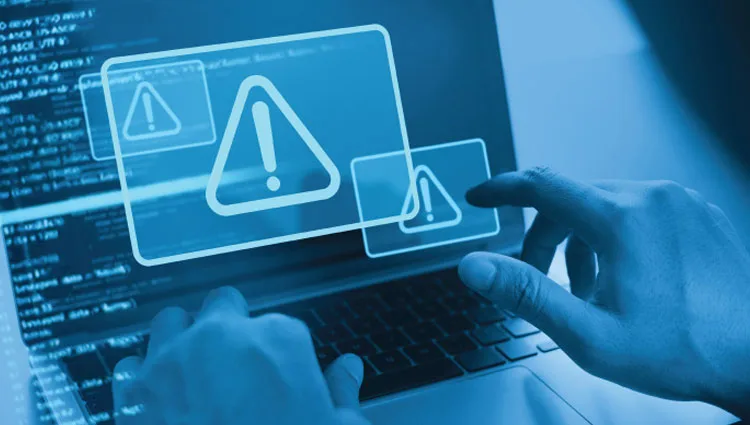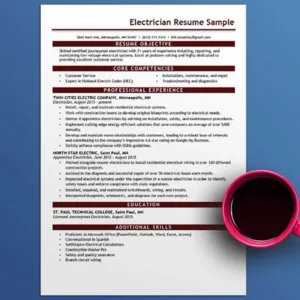In today’s hyper-connected digital landscape, the protection of sensitive data and digital assets is paramount for businesses of all sizes. Detecting holes or weaknesses in your business’s cybersecurity defenses is critical to safeguarding against data breaches, financial loss, and reputational damage. In this comprehensive guide, we’ll delve into actionable strategies and best practices to help you detect and mitigate these vulnerabilities effectively.
Conduct Regular Vulnerability Assessments
Regular vulnerability assessments serve as the foundation of a robust cybersecurity strategy. These assessments involve systematically scanning your network, systems, and applications to identify potential weaknesses or security gaps. Utilize automated tools or engage cybersecurity experts to conduct thorough assessments on a scheduled basis, such as quarterly or biannually. By identifying vulnerabilities such as outdated software, misconfigured systems, or unpatched vulnerabilities, you can prioritize remediation efforts and stay ahead of emerging threats.
Monitor Network Traffic and User Activity
Effective monitoring of network traffic and user activity is crucial for detecting suspicious behavior or unauthorized access attempts. Implement robust network monitoring solutions to analyze inbound and outbound traffic for anomalies, such as unusual data transfer patterns or unauthorized access to sensitive resources. Additionally, employ user activity monitoring tools to track and analyze user behavior, flagging any deviations from normal usage patterns that may indicate a security incident or insider threat.
Implement Intrusion Detection and Prevention Systems (IDS/IPS)
Intrusion detection systems (IDS) and intrusion prevention systems (IPS) are integral components for identifying and addressing cyber threats promptly. IDS monitors network traffic to identify potential malicious activity, whereas IPS takes proactive measures to either block or minimize detected threats in real-time. By deploying IDS and IPS solutions across your network infrastructure, you can proactively identify and thwart cyber attacks before they escalate while also gaining valuable insights into evolving tactics employed by cyber attackers.
Enhance Endpoint Security Measures
Endpoints represent vulnerable entry points for cyber attacks, making it imperative to enhance endpoint security measures. Implement robust endpoint protection solutions, including antivirus software, firewalls, and endpoint detection and response (EDR) systems, to defend against a wide range of threats. Enforce strong access controls and regularly update endpoint software and firmware to promptly address and mitigate vulnerabilities, reducing the risk of data breaches and malware infections.
Educate and Train Employees on Cybersecurity Best Practices
Human error continues to play a large role in cybersecurity incidents, highlighting the critical need for thorough employee education and training. Offer cybersecurity awareness training to empower employees to identify and respond to potential threats proactively. Topics should include phishing awareness, password security, social engineering tactics, and more.
Secure Third-Party Relationships
Third-party vendors and partners frequently possess access to your company’s systems and data, rendering them susceptible targets for cyber threats. Assess the cybersecurity stance of third-party vendors and institute measures to alleviate related risks. Insist that vendors comply with rigorous security protocols, undergo routine security evaluations, and utilize secure data transfer protocols to uphold data integrity and confidentiality. Establish clear contractual agreements outlining security requirements and responsibilities to protect your organization’s interests effectively.
Engaging an IT security consultancy can provide valuable expertise and guidance in developing and implementing robust cybersecurity measures tailored to your organization’s specific needs.
Conduct Regular Security Audits and Compliance Checks
Regular security audits and compliance checks are essential for ensuring that your organization’s cybersecurity measures align with industry best practices and regulatory requirements. Collaborate with cybersecurity professionals or engage third-party auditors to identify areas of non-compliance or potential vulnerabilities. By prioritizing compliance and adherence to industry standards, you can mitigate legal and reputational risks while bolstering your overall security resilience.
Stay Informed About Emerging Threats and Security Trends
Cyber threats are constantly evolving, necessitating a proactive approach to staying informed about the latest trends and tactics employed by cyber attackers. Subscribe to threat intelligence feeds, participate in cybersecurity forums, and attend industry conferences to stay abreast of emerging threats and security trends. Leverage threat intelligence platforms and security information and event management (SIEM) solutions to proactively identify and respond to potential threats targeting your organization.
Implement Multi-Factor Authentication (MFA)
Multi-factor authentication (MFA) enhances security by demanding users to furnish multiple forms of verification before gaining access to sensitive systems or data. Deploying MFA organization-wide can notably diminish the chances of unauthorized access, especially in scenarios involving compromised credentials. Promote the adoption of MFA for critical systems, email accounts, and other sensitive resources to fortify your cybersecurity measures effectively.
Establish an Incident Response Plan
Despite best efforts to prevent cyber attacks, incidents may still occur. Creating a comprehensive incident response plan is vital to reduce the impact of security breaches and ensure a prompt and coordinated reaction. Define roles and responsibilities, establish communication protocols, and outline step-by-step procedures for detecting, analyzing, and mitigating security incidents. Regularly test and refine your incident response plan through tabletop exercises and simulations to ensure readiness when faced with a cybersecurity incident.
Conclusion
In summary, identifying vulnerabilities in your business’s cybersecurity demands a comprehensive strategy that involves vulnerability assessments, network monitoring, intrusion detection, endpoint security, employee training, security audits, and threat intelligence. By integrating these tactics and staying abreast of evolving threats, you can enhance your organization’s security posture and mitigate the likelihood of cyber attacks. It’s crucial to recognize that cybersecurity is an ongoing endeavor, and maintaining constant vigilance is essential to protect your business assets and reputation amidst the ever-changing digital threatscape.





